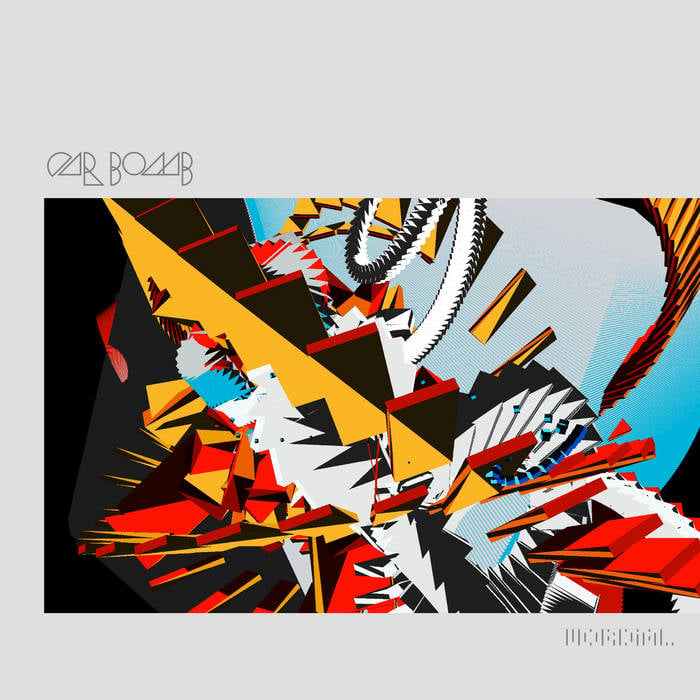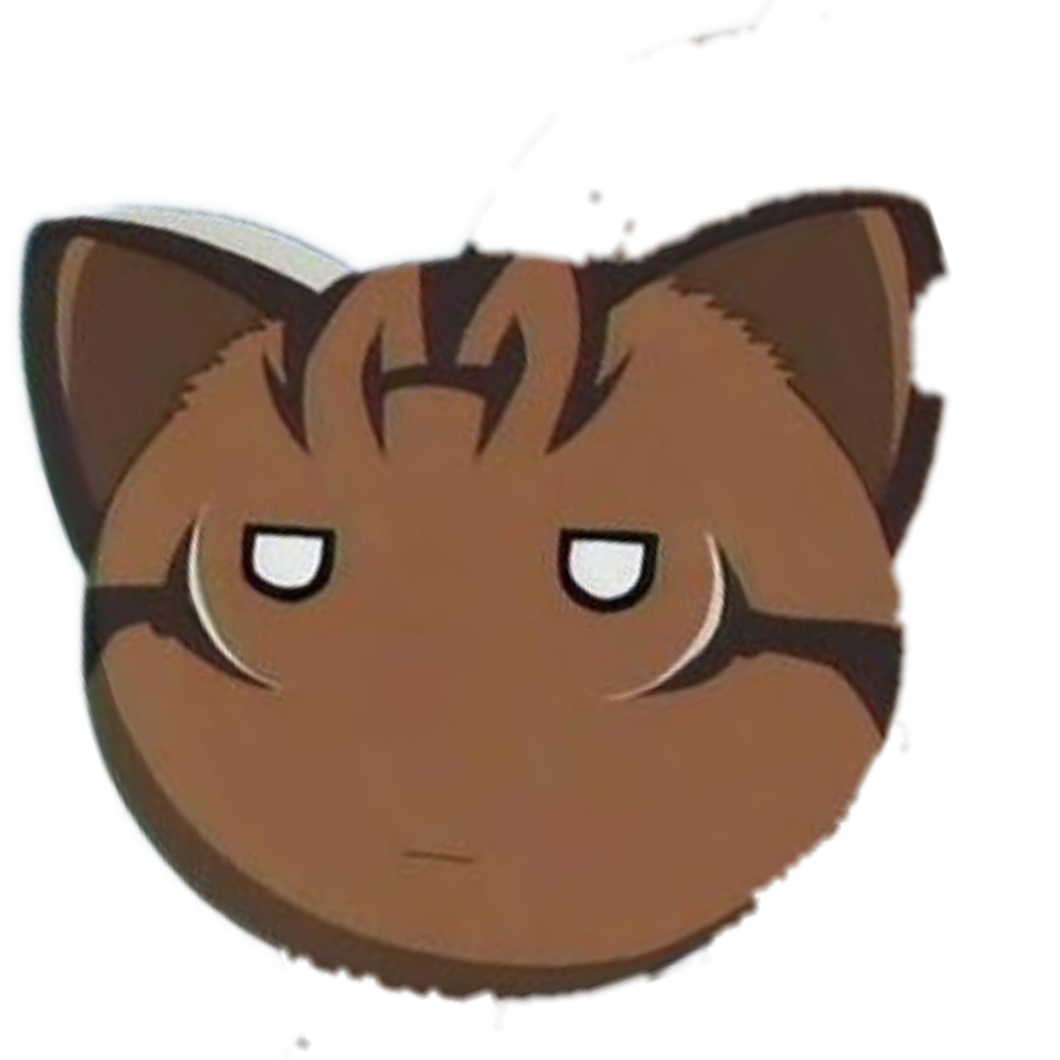I finally got my printer working again. I spent the whole day going through Teaching Tech’s calibration steps. All the flat calibration gcode looks fine. The Benchies are another problem though. I’m printing with a 0.6mm nozzle for the first time.
On the smaller benchy I printed at 0.2 layer height, with a perimeter speed of 40mm/s at 210/60 temps. The bigger one is 110% larger and printed at 0.25 layer height, with a perimeter speed of 60mm/s at 215/60 C.
The problems are mostly manifested in the same area. Big blobs in the rear and layer shifting on the tail pipe. Large layer shifts/bulges in the center. I’ve never really ran into this problem before so I don’t know where to start when diagnosing this.
Check and make sure that your z screw is not sticking or binding. Also, make sure that the hotend is tightened and there are no gaps where filament can ooze from.
Just wanted to say that I recently had a problem that turned out to be the hotend not being fully tightened and it was an absolute pain in the ass to finally figure it out. I swapped out a half dozen nozzles, changed my boden tubing, and eventually replaced my entire extrudor (not before playing with the tension a billion times).
Eventually discovered that the hot end wasn’t tightened and I was both immensely relieved and pissed off at the same time. Shit took me MONTHS to figure out.
I feel ya. Had that problem and was watching an unpacking and setup video for another printer when the person reminded me to go back and try that.
oh this is so weird. so very weird. look at this picture in particular. Look at the layers weaving up and down well before you get to the big ridges, when they still are… semi-normal. It’s not corner curl, it’s happening where the bottom is actually still flat. What the actual fuck.
Looking at that corner… it definitely just looks like corner curl. It can be incredibly hard to see when the printer is going, but unless your slicing software was telling the printer to raise the Y axis in the exact same pattern every layer, nothing can really cause that besides the corner of the print coming off the bed. You can fix that part by playing with the bed temp settings. Too low and the first lines won’t stick, or the print might pop off the bed of the nozzle runs through some hairy parts. Too high and you get prints like yours.
If you look at the sliced tool paths, what is it doing when it puts those Xs into your test print?
Sliced tool paths? What do you mean by that. I’m using Prusaslicer if that helps.
The area where it’s layer shifting in the center of the boat, if you have some way of measuring that, divide by layer height to determine what layer that happened between. If the slicer is doing anything fucky with the tool paths than that may be a contributing factor.
Edit: Sorry, just realized that puppetx was talking about the box, not the boat
In your slicer, you should be able to “play” the gcode to show you step by step what you printer is going to do, for each layer.
In prusa slicer after you click slice you will be presented with your sliced gcode. At this point you can use the vertical scroll bar on the right (to pick a layer), and the horizontal scroll bar on the bottom (to play through the tool path (moves) for that layer) to see every operation your printer is going to perform as it runs this gcode.
If this was somehow caused by bad slicing/g-code it could be used to help troubleshoot it. But it sounds like others here have probably provided more insightful troubleshooting suggestions and you may want to pursue their advice first. Hopefully your tightened z screw solves the problem!
In addition to these other troubleshooting comments, what is your cornering speed like in the slicer on the sharp corners of the boat? (back of hull, back of cabin) It seems either too high, or your hotend fan may be malfunctioning, leading to a jam. Wouldn’t be a bad idea to double check that the part fan is spinning when told to as well.
Upon further inspection one of the z screws is loose. Still need to test but that’s where I’m starting today.
I wrote a very long and detailed comment about your settings last night but it seems it didn’t save.
Long story short, your hot end has a maximum amount of filament it can melt and squeeze through your nozzle. Anything more than that and you’ll start to have issues.
Let’s say for example’s sake that your hot end cannot handle more than the default 0.4 nozzle 0.15 layer height @ 60mm/s. You can increase your nozzle size to 0.6, but you’ll need to decrease your print speed to keep the hot end happy. Even moreso of you increase layer height as well.
So in your post you went from 0.2 layer @ 40mm/s, to 0.25 layer @ 60mm/s. I don’t know what printer/ hot end you’ve got, but that’s kind of a lot of filament. You can increase print temp to compensate, which I see you’ve done, but remember that your filament has an optimal print temperature, and if you exceed that too far you’ll run in to issues there as well.
Have you already tried printing calibration towers (temp, speed, retract, flow etc)? If not, definitely look up a video or two on how to get them set up. They are much more effective for finding proper print settings than test prints like the benchy. Use towers to find the right settings, use your benchy to test the settings to make sure everything looks good.
Wow that’s wild. Maybe the Z axis stepper motor is not working right. Or the slicer settings aren’t configured for your printer properly. What printer do you have?
Sovol SV01, the old model. It was a completely fine printer but one filament change later, the bed failed, I installed a new board, I upped the nozzle to 0.6 from 0.4. I really piled the problems onto myself, but this one is a doozy.
So, just to clarify, did you repeat the speed and temperature calibration with .6mm nozzle?
Remember you’re pushing almost twice the plastic out at any given time. (.4mm nozzles are .125mm^2 in cross section, .6mm nozzles are .282mm^2) 12v heater cartridges can frequently have a hard time keeping up. If this were happening, you might be able to see some oscillations in the hot end temperature as plastic is not getting hot enough (and starts clogging the printer, letting the heater catch up… causing the splooges.)
if you have octoprint, you can see the line chart of the temperature over time. Alternatively, pronterface will do the same when connected. (pronterface is somewhat easier if you have a computer you can bring near the printer. octopi’s are nice for the remote control, though.)
One solution in prusalicer is the max volumetric speed setting. What this will do is limit the maximum amount of plastic being pushed through to maintain a stable temperature. (once tuned, you can just leave it across nozzle and layer height settings. prusa will take care of the rest.)
I skipped those. It’s Atomic filament, and it’s the only brand I’ve ever used. It’s just a different color. So I’ve been using the same temps as I used before. When I did the Slicer flow calibration test, it gave me the cleanest test prints I’ve ever had, so I figured it’s not actually that different from a 0.4 nozzle and skipped the temp, speed and flow, and retraction tests. I went straight to Acceleration tuning and again go the cleanest test prints this printer ever put out. Then the benchy shit the bed. I’m gonna spend the day doing those three tests I skipped.
What kind of printer is it? You mean it worked in the past, and then something happened with it?
One thing you might want to check is the stability of the carriages (assuming this is a bed slinger btw). If you grab the hotend (x axis) while it’s cold and try to move carefully it by hand, it shouldn’t be possible to move it back and forth, or rotate it. It should only move smoothly left and right. Same thing with the print bed (y axis), it should not be able to wobble up and down, only move smoothly back and forwards.







